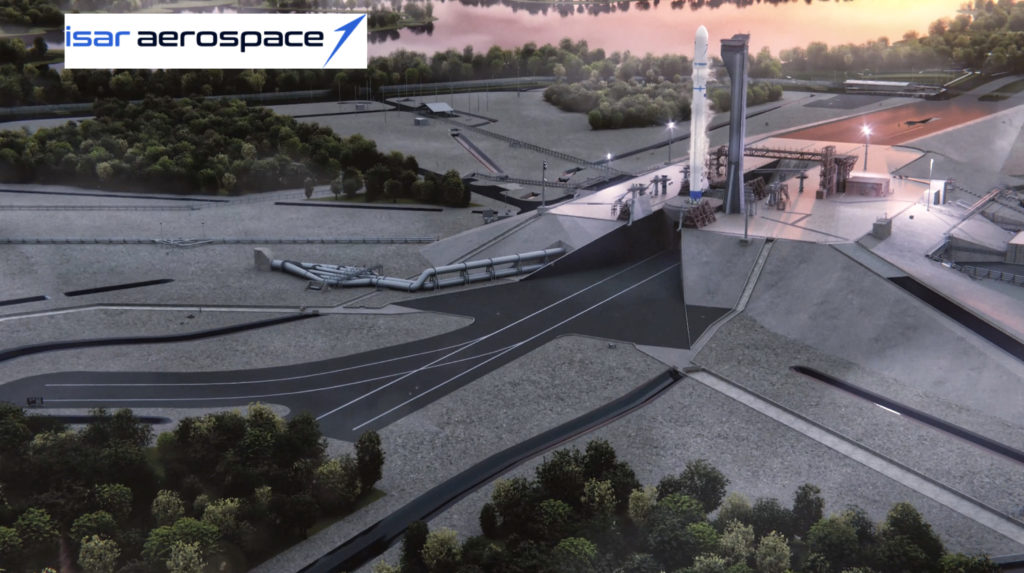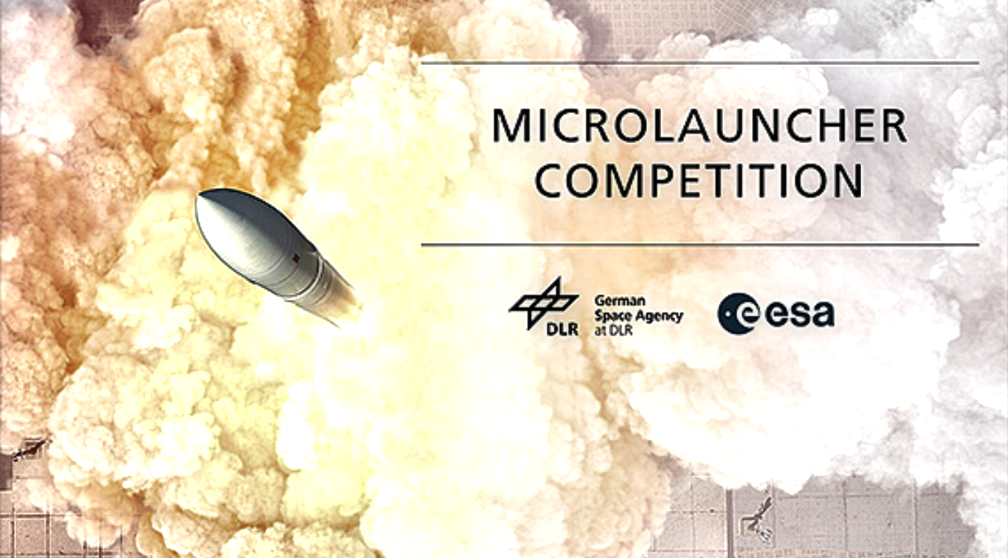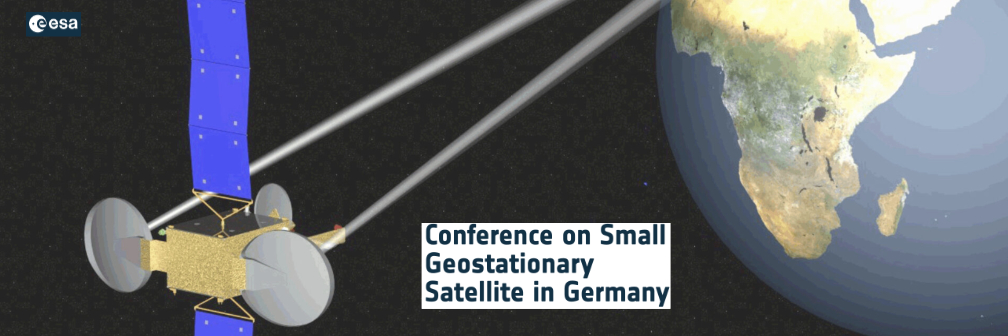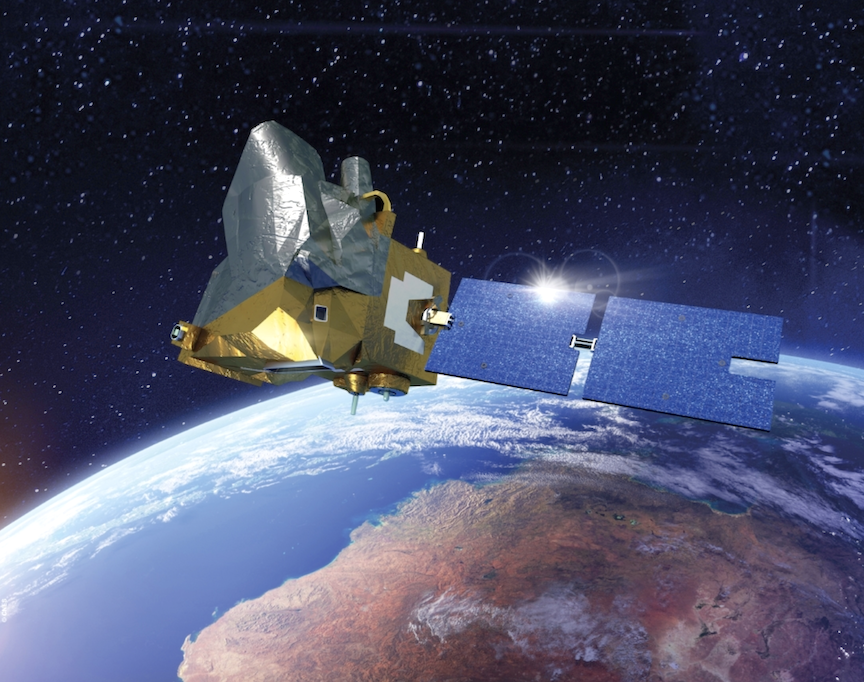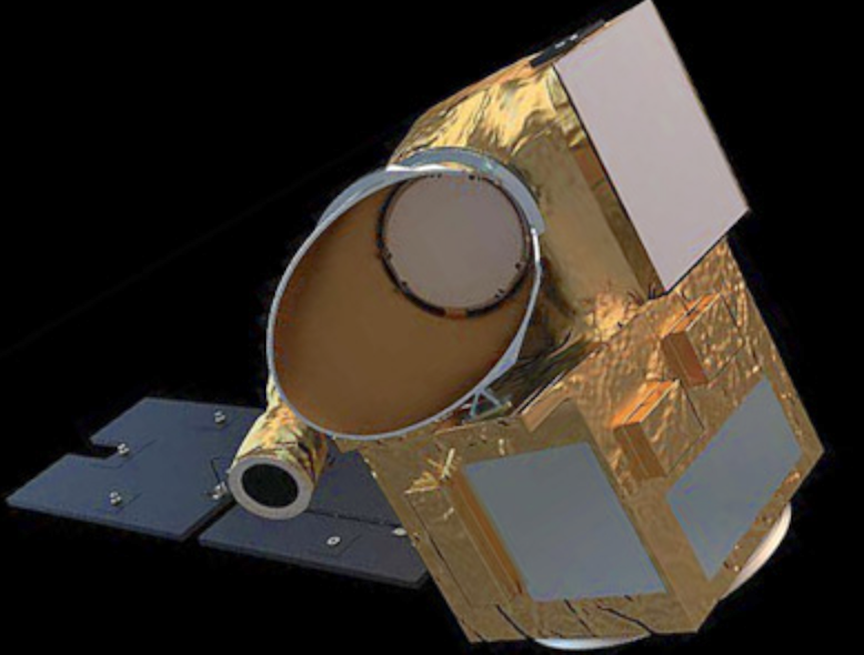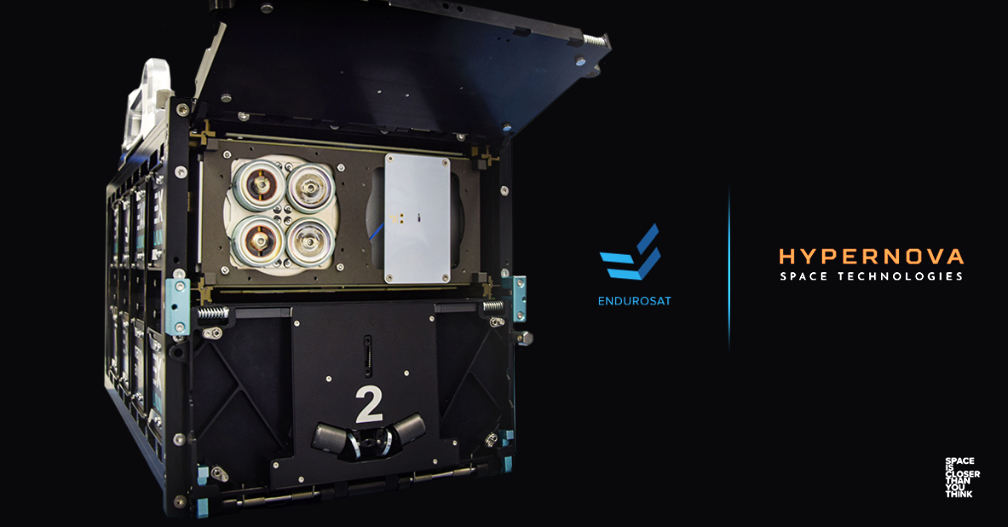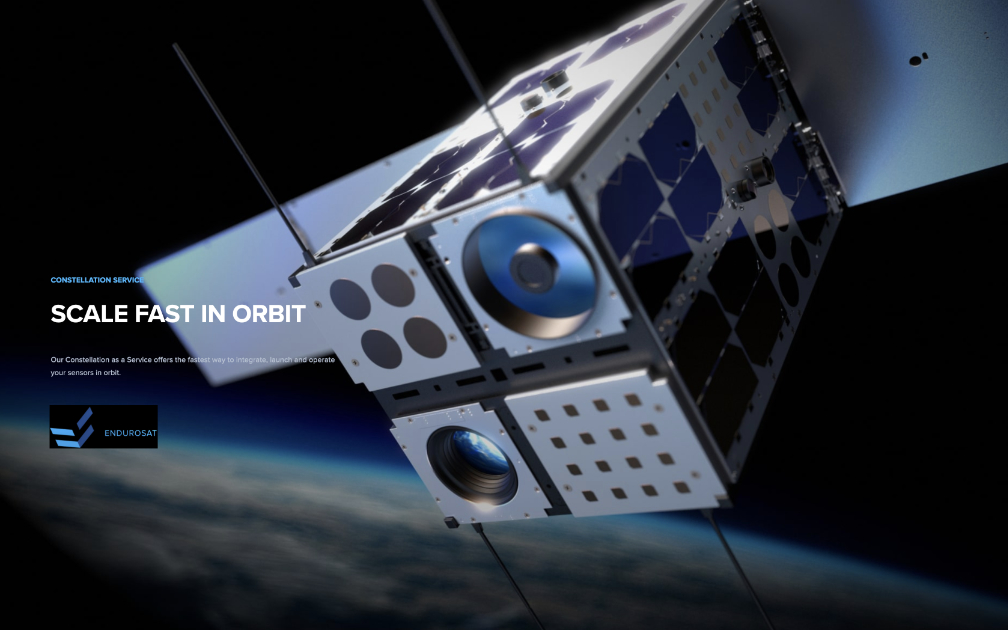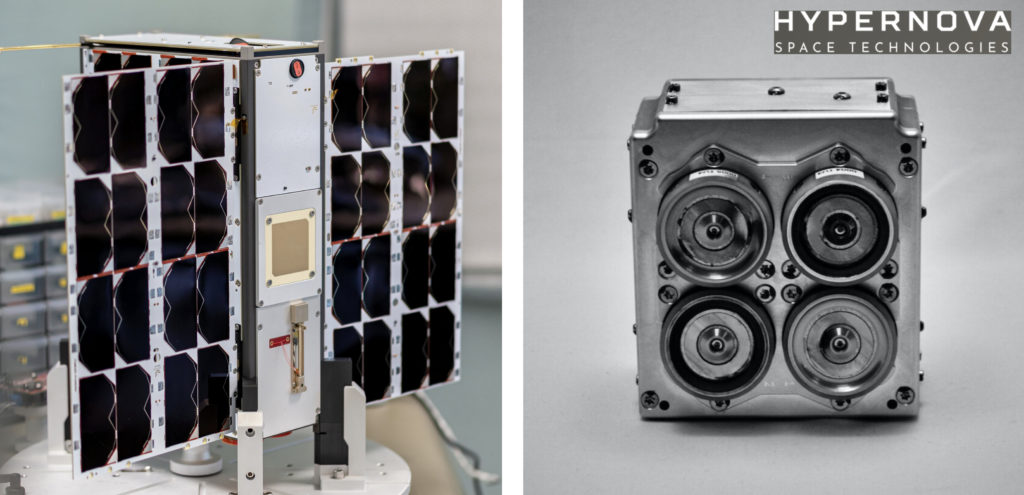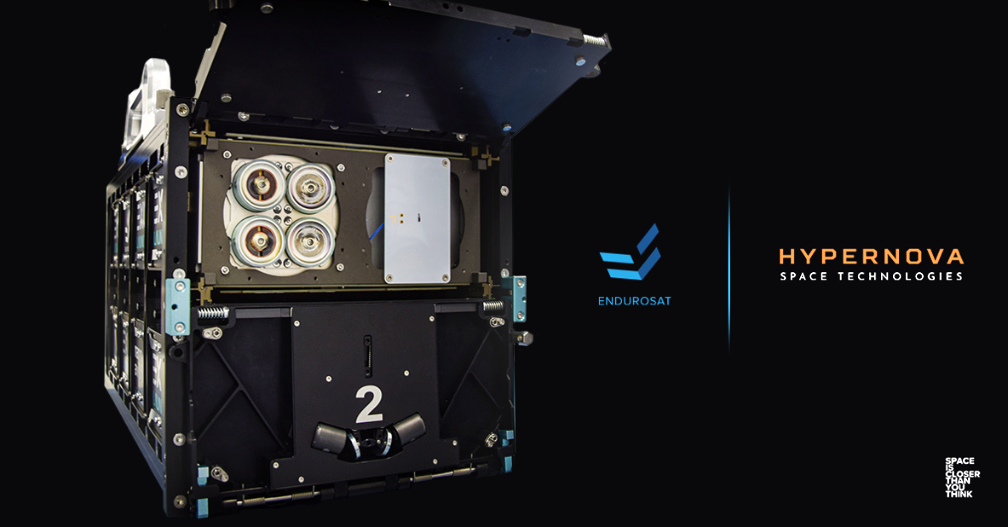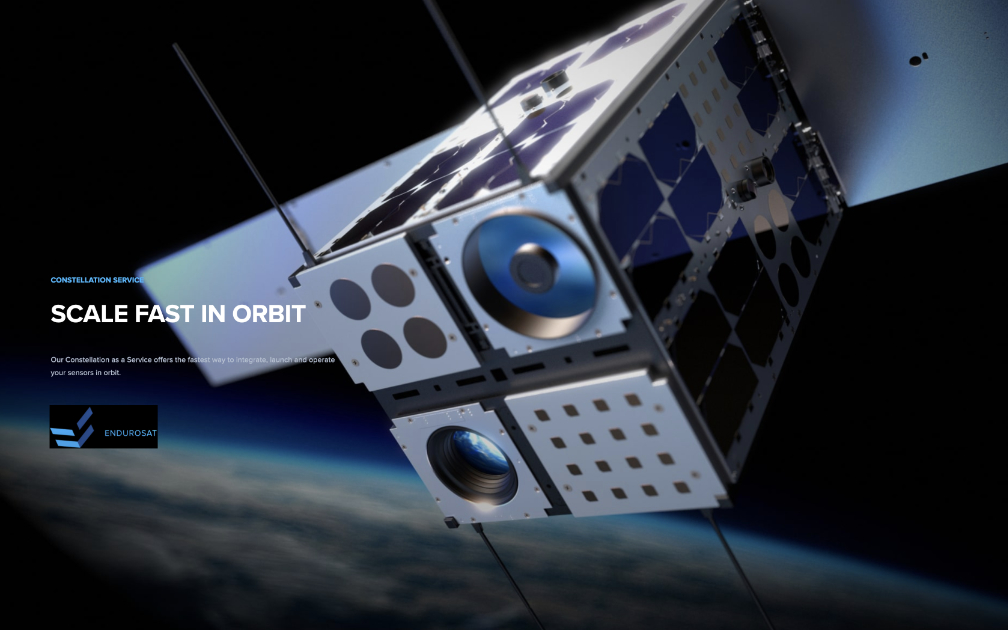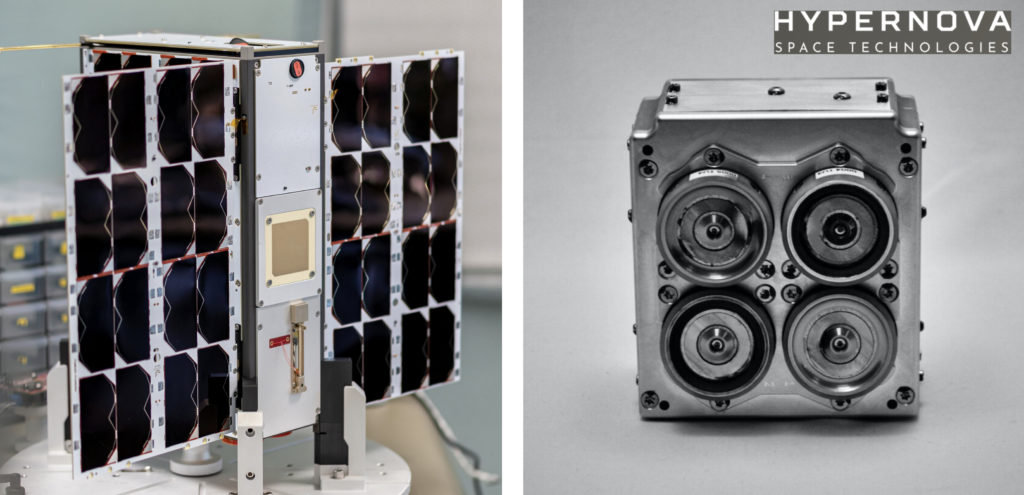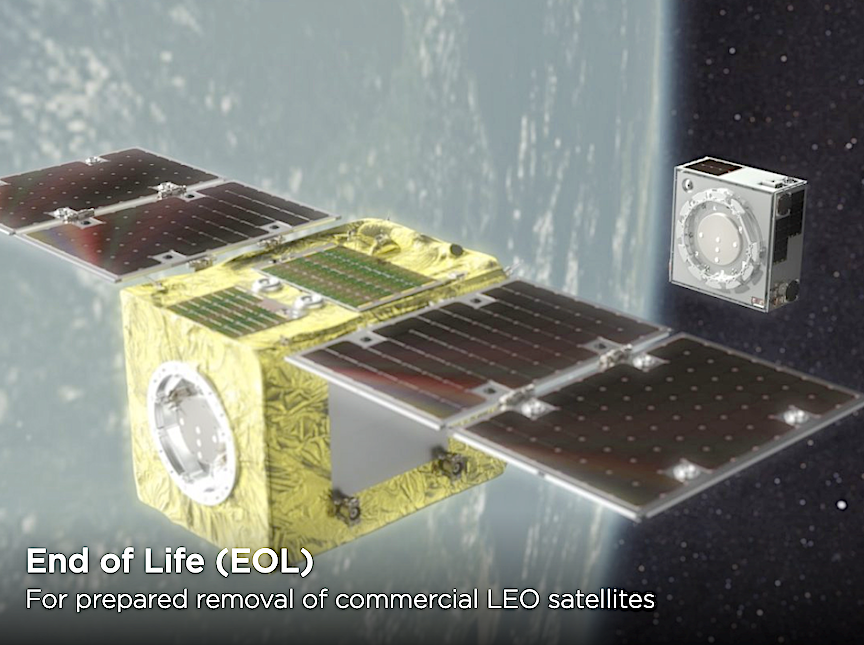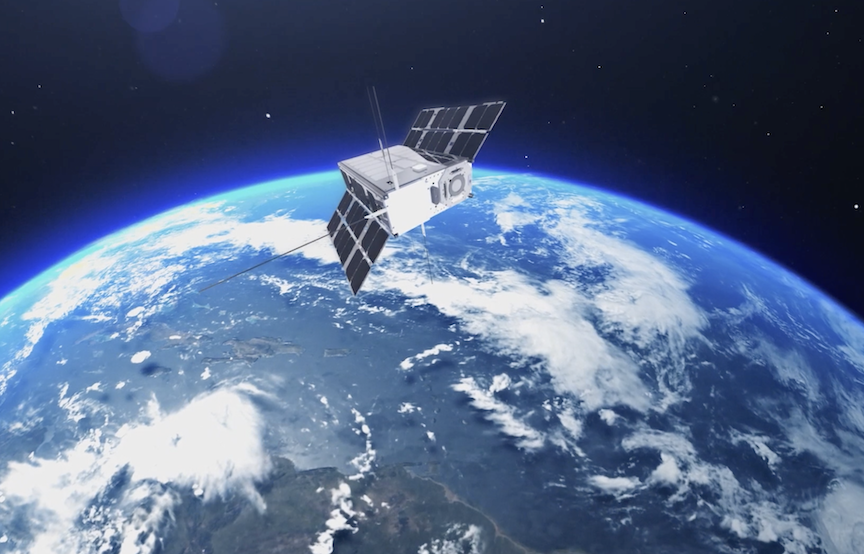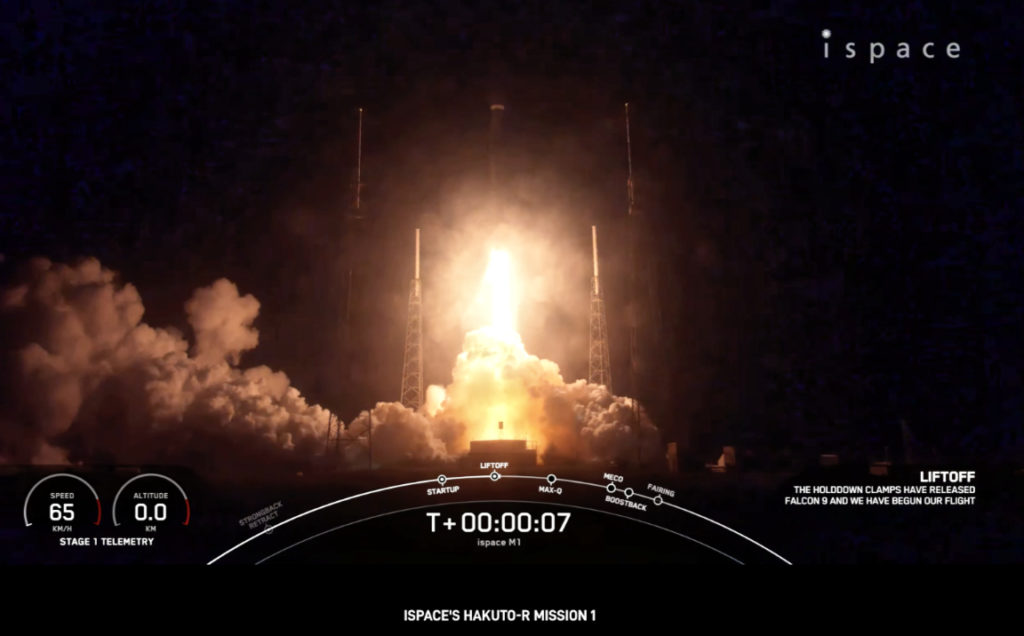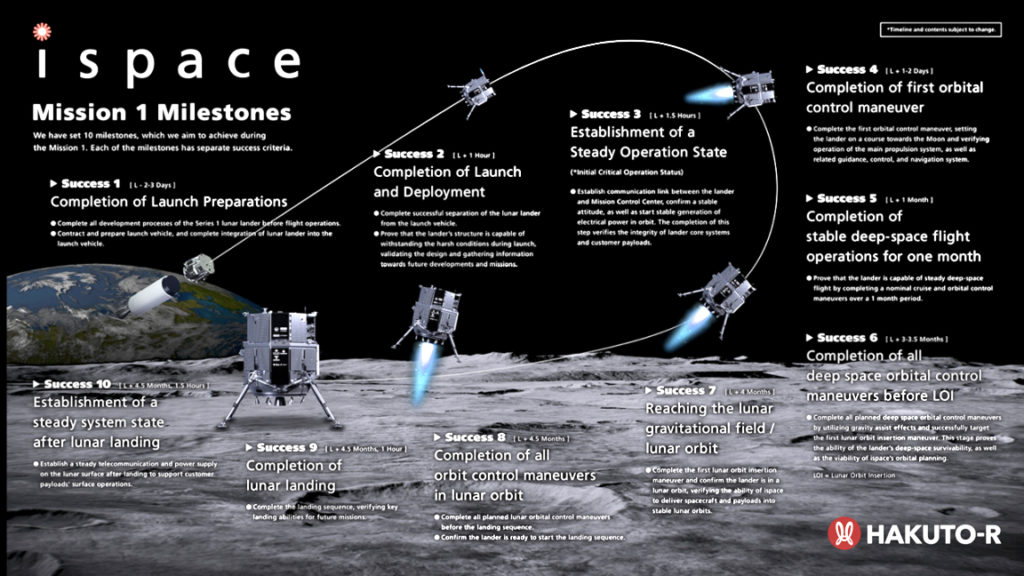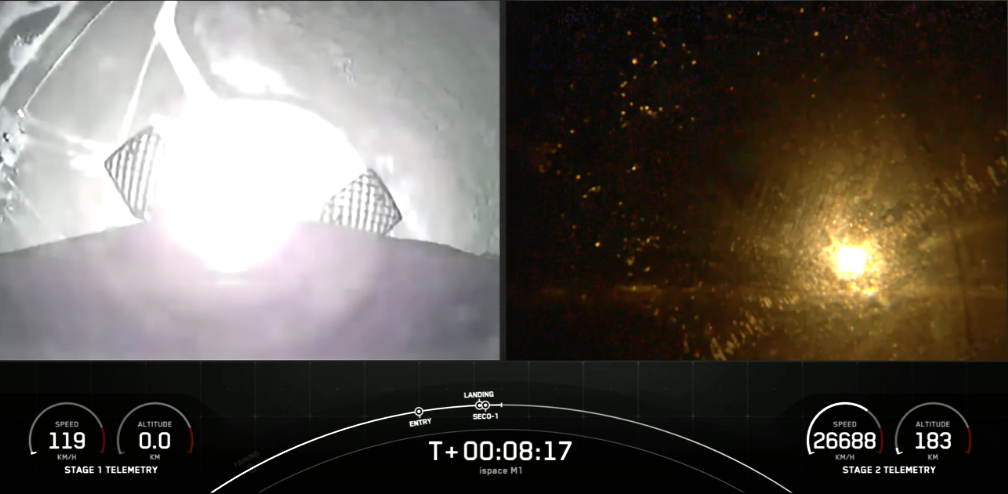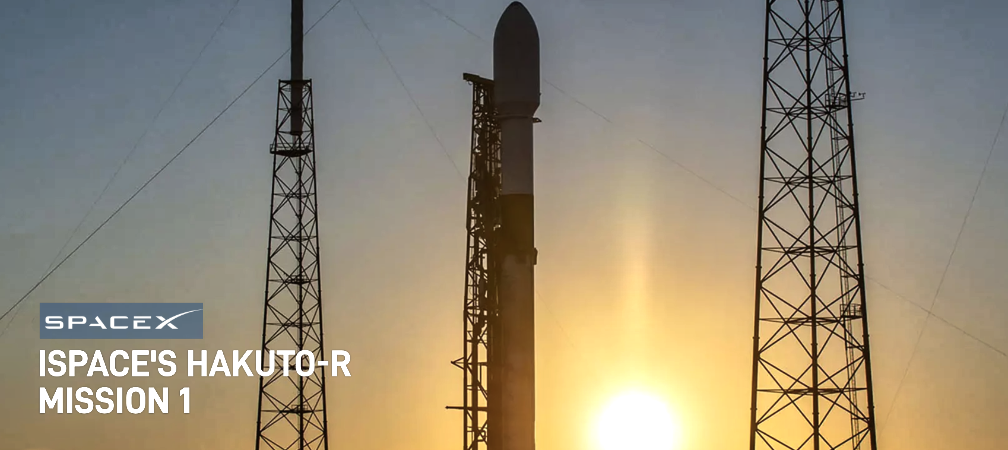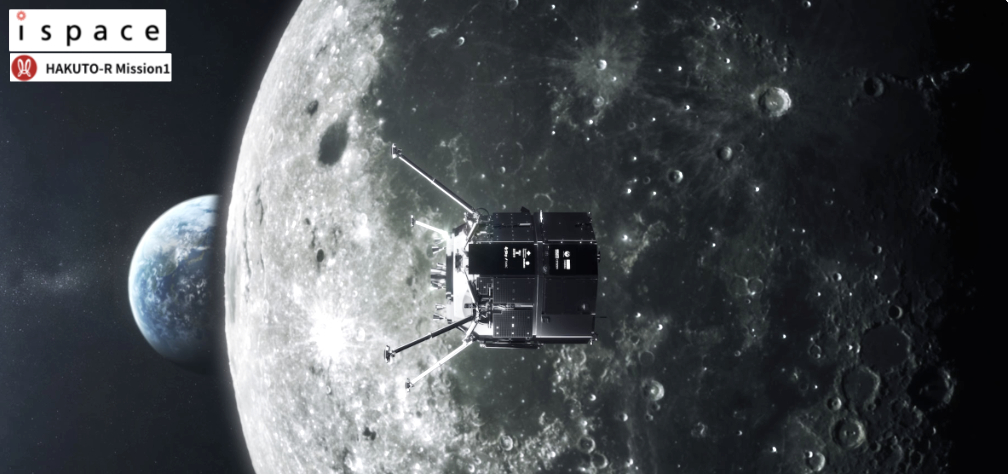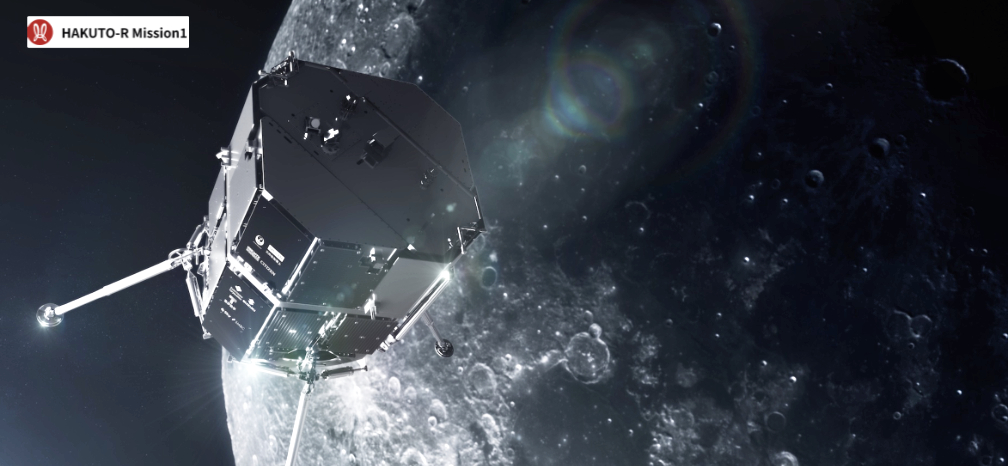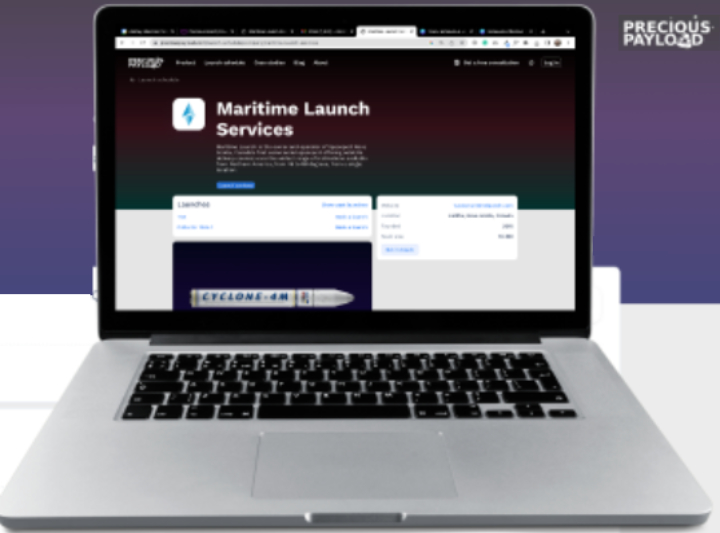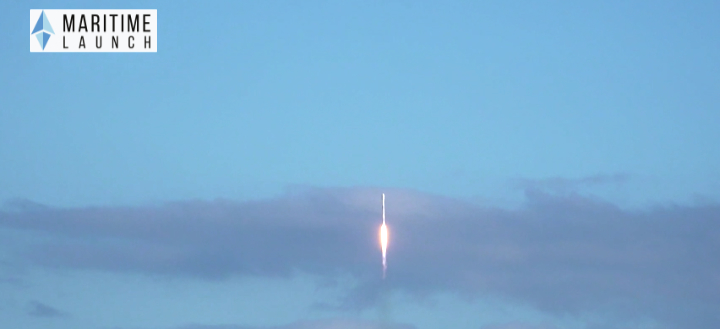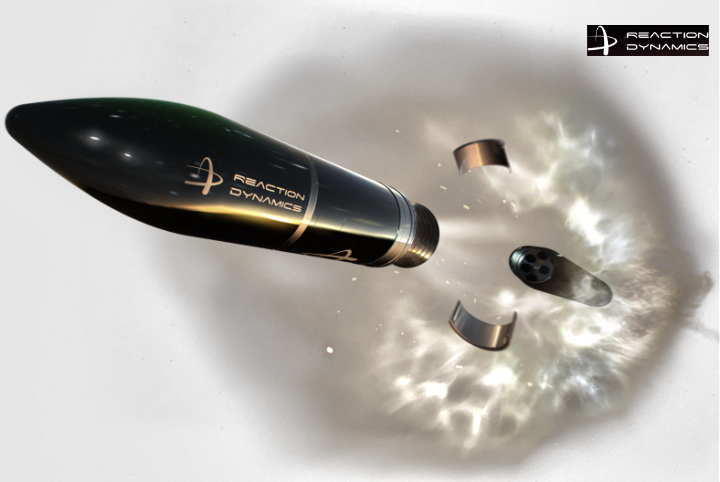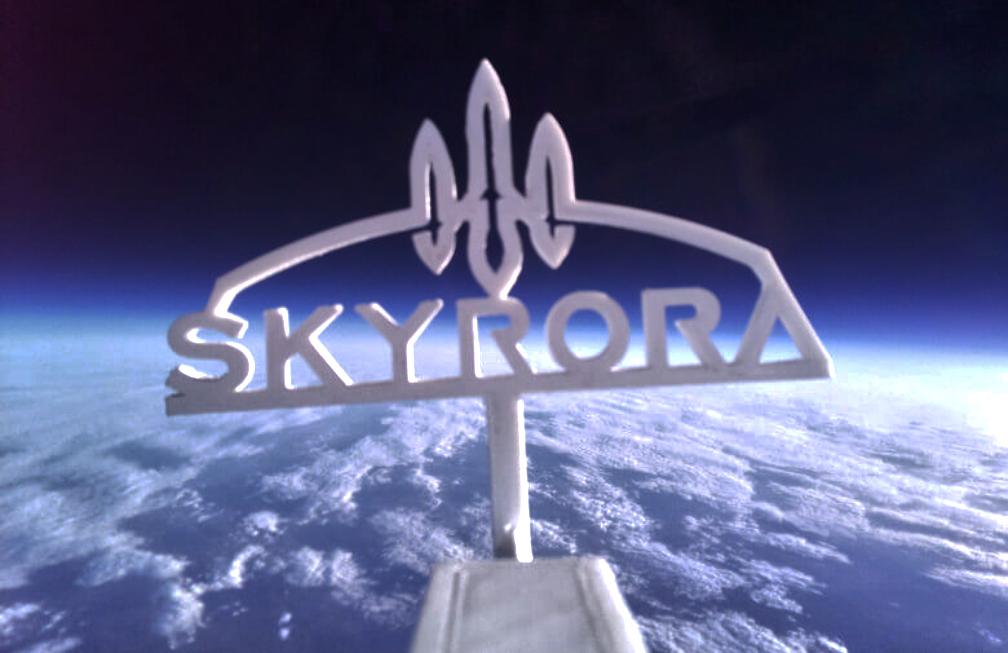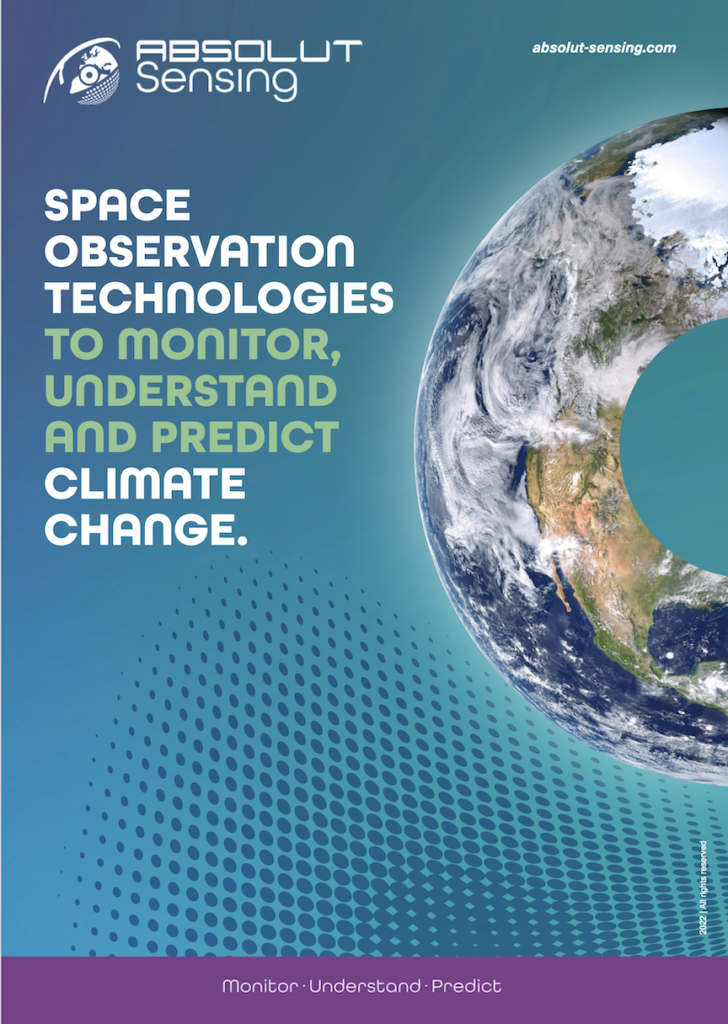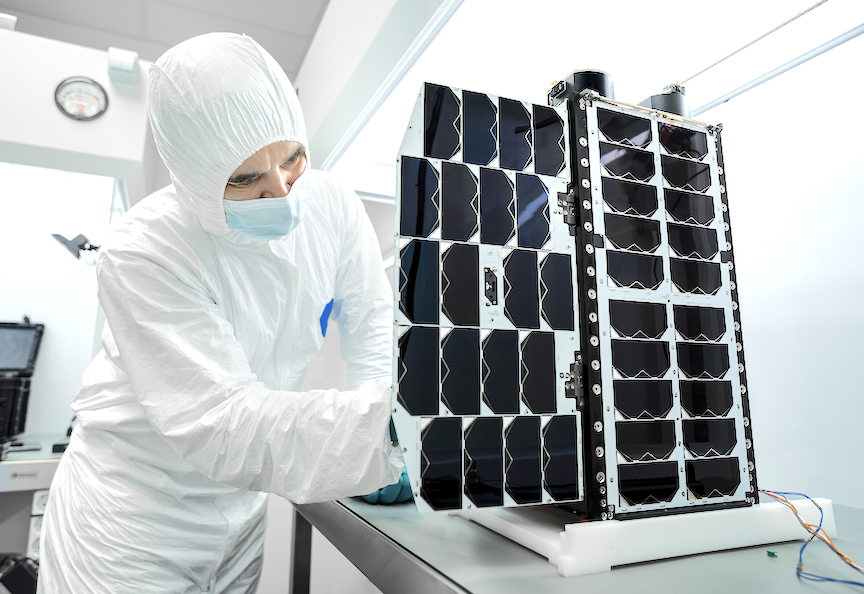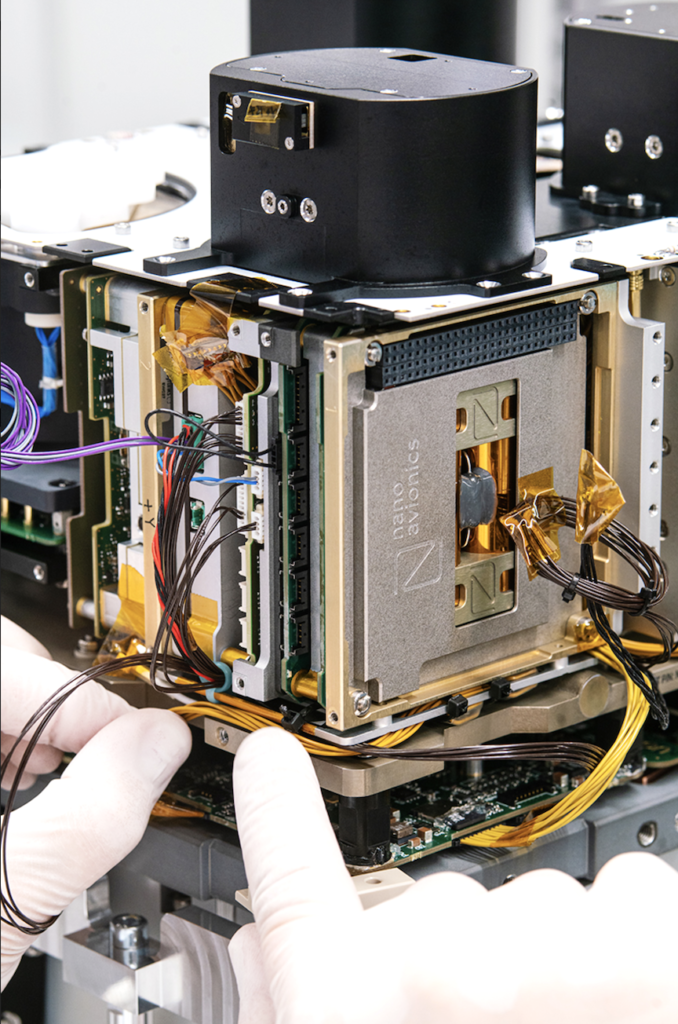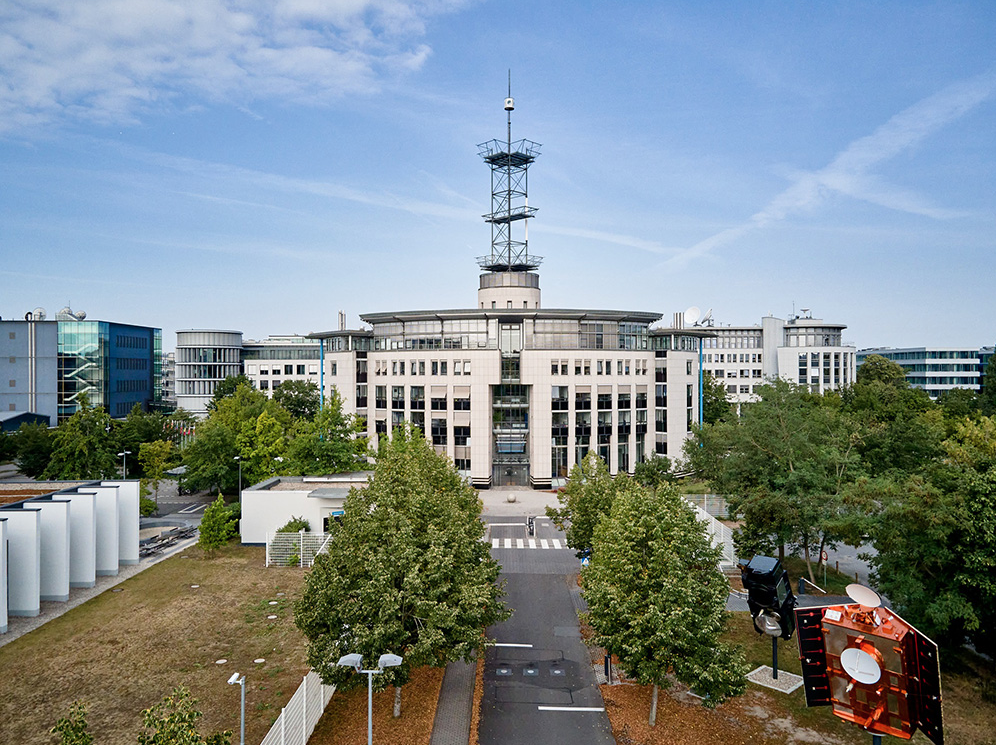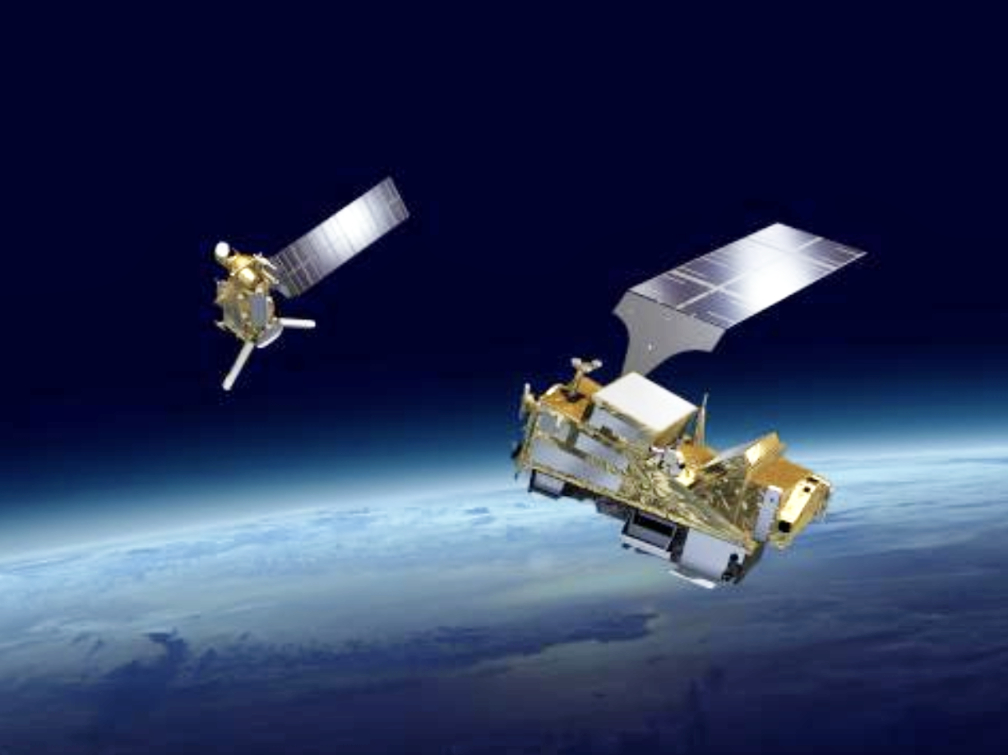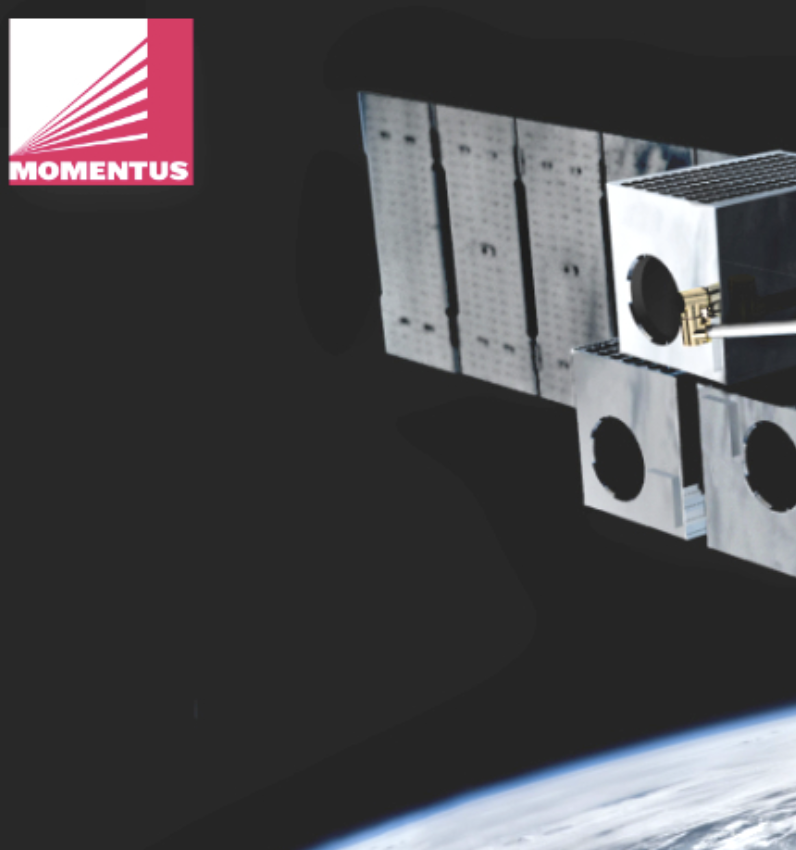
Momentus Inc. (NASDAQ: MNTS) recently signed a contract with CONTEC Co. of the Republic of Korea to provide space transportation services for that firm’s JINJUSat-1 cubesat.

JINJUSat-1 is spearheaded by three entities: Jinju City, Korea Testing Laboratory and Gyeongsang National University. The satellite is targeted to launch aboard the SpaceX Transporter-9 mission no earlier than October of 2023. Once on-orbit, cameras mounted on the satellite will carry out a mission to capture imagery the Earth.
Recently, CONTEC raised approximately $63 million in Series C funding and the company plans to use the newly raised capital to expand their Ground Network that includes OGS (Optical Ground Station) and Telescope network for SSA (Space Situational Awareness) service.

“The Momentus team is looking forward to working with CONTEC Co. and supporting the growth of the South Korean space industry,” said Momentus Chief Executive Officer, John Rood. “We have all witnessed the impressive growth of the South Korean economy, including in high-tech fields like electronics, aviation, and the automotive industry. The South Korean government aims to inspire, and foster participation in the space economy, and Momentus is eager to support this vision. Space transportation is a foundational building block to advancing the use of space, and we’re ready to provide the infrastructure services to enable CONTEC’s ambitions for the future.”
“CONTEC is excited to work with Momentus for the national space project. JINJUSat-1 is expected to foster the local space business and train experts in the space field. We are proud to take part in this project and to put their satellite into orbit,” said CONTEC Chief Executive Officer, Sunghee Lee. “With its global network of ground stations, CONTEC is also discussing with the government to use the ground station capability to serve more national projects and contribute to the growth of the domestic space industry.”
Momentus is a U.S. commercial space company that offers in-space infrastructure services, including in-space transportation, hosted payloads, and in-orbit services. Momentus believes it can make new ways of operating in space possible with its in-space transfer and service vehicles that will be powered by an innovative water plasma-based propulsion system that is under development.
Established in January of 2015, CONTEC is a spin-off company from KARI (Korea Aerospace Research Institute) and is offering Ground Station Service with its own global ground network as well as hosting service in each site. The company also provides satellite image processing (CAL/VAL) solution for customer’s satellites using its own algorithm, and image analytics with DL (Deep Learning) algorithm to be applied to different industries such as smart city, maritime, agriculture, and defense.

